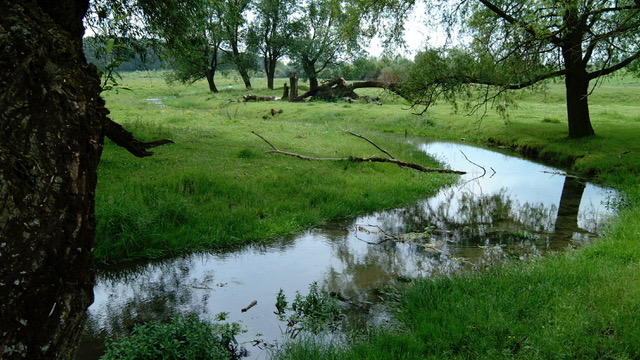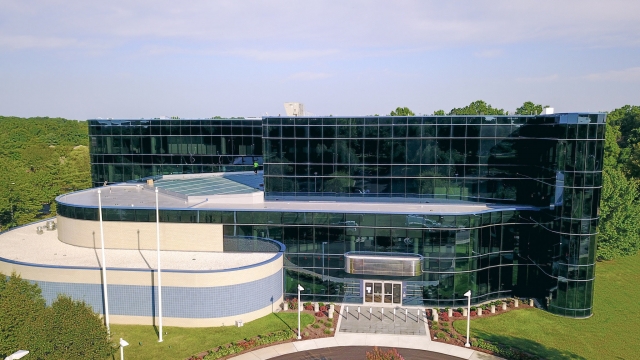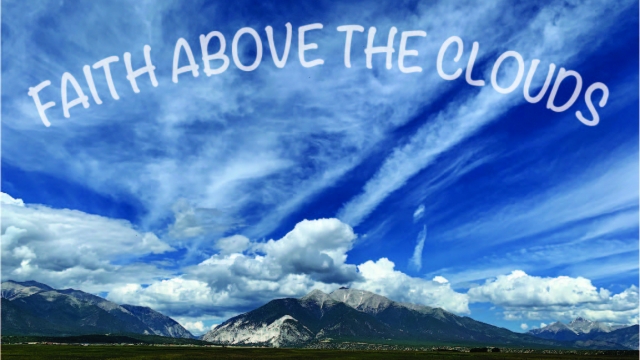By Michael W. Campbell — Keene, Texas . . . By all historical accounts, the 1918 Influenza pandemic, sometimes erroneously called the “Spanish Flu” (most historians credit the beginning of the disease to rural Kansas), was a global disaster. Historians debate just how many people died—estimates range from 50 to 100 million people. In contrast to the ravages of World War I, it is significant that many soldiers survived the war only to die from this contagious disease! Between the war and the flu, it was a one-two punch that caused a great deal of anxiety in the early part of the twentieth-century.
The purpose of this article is to reflect about how this pandemic impacted the Seventh-day Adventist Church, and specifically, how did Adventists respond? Obviously, many faithful Adventists, just as in the general population, lost their lives. While there are no precise statistics on exactly how many Adventists died, if obituaries in the Review and other union papers are any indication, it did have a significant impact. In fact, even minutes from denominational committees had to deal with the problem of replacing workers, some in mission posts, who succumbed to the disease.
The 1918-19 Influenza pandemic really had three major waves in the United States, the second of which was the most virulent and caused the most deaths. Most church and school closures were based upon the advice of local health and government officials, with strong support from church leaders (hence such efforts were largely localized). Clearly church members and leaders at this time felt confident that such closures were a proactive measure meant to keep people safe. I have yet to find any Adventists from this time period protesting these measures as limiting their religious freedom in any way. In fact, it appears to be quite the opposite, since many people alive at this time could likely remember the many debilitating diseases of the nineteenth-century that swept America (and Adventism). Thus, Adventists were nothing short of enthusiastic about embracing the best of modern medicine including vaccines. Even Ellen White herself set the example when she was still alive (she died in 1915) by getting vaccinated![i]
The one noticeable thing is that denominational leaders were crystal clear that every church member had a responsibility to help mitigate the impact of the pandemic. This meant effectively social distancing and if you became sick, to stay home and get rest. “There is the gravest danger in putting off proper care in an attack of influenza,” admonished L. A. Hansen. He went on to advise that there must be a balance to avoid both “undue fear” so as to not cripple relief efforts. He urged “good common sense” including “proper safe-guarding.” This included isolating oneself if one became sick. For others, it meant making sure to “protect others by sneezing and coughing into handkerchiefs or cloths, which should be boiled or burned.” People should avoid contact at all costs with those who are sick. “The present disease situation is recognized as a serious one, and all persons are urged by the highest medical authorities to give careful heed to every precautionary measure. Don’t be frightened. Simply take good care of yourself, and help to safeguard others.”[ii]
The editor of the Review and Herald, the respected F. M. Wilcox, challenged the denomination that it was “high time that they become intelligent in the employment of the rational remedies and system of treatment of which as a denomination we have had a knowledge for many years.”[iii] Adventists, who advocated for a wholistic view of modern medicine, were through their medical institutions strategically poised to help combat the disease. “Every Seventh-day Adventist may obtain a knowledge of these principles so that he can apply them in his own home.” Yet Wilcox was also quick to caution against those who might also believe that the Adventist health message would prevent them from getting sick. “We do not by any means take the position that obedience to these principles will insure immunity against disease or death.” He concluded by urging church members to “exercise” an “intelligent faith” by taking prudent steps to combat disease based upon the best medical guidelines available.[iv] Adventists frequently published such medical advice in church papers and issued special pamphlets and circular numbers of church periodicals, designed to educate the public.
Seventh-day Adventist leaders furthermore felt that a denomination with its special emphasis upon health, along with a network of healthcare institutions, had a sacred responsibility to do whatever they could to help alleviate the pandemic. It is interesting that church leaders noted an uptick in enrollment at Adventist colleges in all lines related to medical work. Adventism, with its strong emphasis upon medical missionary work, used this as an opportunity to refocus its institutions by training young people to meet the crisis. It is furthermore significant, during an age of institutionalization and as the church finessed its global structure (it added “divisions” to the hierarchy of the church between unions and the General Conference at the 1918 General Conference session right before the pandemic broke out), the pandemic caused church leaders to add a departmental position for a “medical missionary secretary” as recommended for local churches, conferences, and unions to help encourage medical missionary work training at all levels of the denomination.[v] As a result, even today, the Church Manual encourages the local church to have a health ministries coordinator. Another significant thing was the deep admiration and support church leaders had for the American Red Cross. The Red Cross was featured prominently in church periodicals and church members were urged to support their relief efforts. Adventists did not see themselves as isolated from other relief efforts; instead they should both contribute what they could and cooperate with others helping to provide relief during this time of crisis.[vi]
Still, if Dr. W. A. Ruble, the director of the denomination’s health work at that time is any indication, he wrote several times how he felt the denomination was caught unprepared by this epidemic. “Every young person, yes, every member of our denomination, old or young, male or female,” he wrote, “might have been busy night and day during the present epidemic if they had been prepared.”[vii] On a number of other occasions, particularly toward the end of the epidemic, he ruefully bemoaned how the epidemic had brought them ten times the number of opportunities to do missionary work if only they had been ready. While churches and schools were closed, as Adventist evangelists were no longer able to hold public meetings, for those who were willing to be flexible and adapt, they could now more than ever before be a living witness of hope and faith to their sick friends and neighbors. And even as some Adventists became sick and even died, they lived as a people of hope, which meant that Adventists had a sacred responsibility to help those who became sick. Obviously, this meant following very strict measures that included wearing protective gear and masks, yet collectively there was a general sense of responsibility to help those who became sick in the safest and most responsible way possible.
Adventism was forever altered by the 1918 pandemic in far-reaching ways that are largely taken for granted today. This legacy of responsible and balanced action meant cooperating with government officials and other relief organizations, embracing best practices based upon what they knew from medical science, exercising common sense, and prioritizing the safety of both their communities and themselves, with the understanding that all Adventists had a sacred responsibility to help those who became sick.
Michael W. Campbell, Ph.D. is professor of religion at Southwestern Adventist University. He has served as a pastor in both Colorado and Kansas and is the author of numerous books and articles. His next book, the Pocket Dictionary for Understanding Adventism (Pacific Press, 2020) will be released in a few weeks. He co-hosts a podcast titled “Sabbath School Rescue” available on Spotify and iTunes. Photo supplied
This article was originally published on the NAD Ministerial website
_______________________________________________________________
[i]For a more extensive discussion of this point, see the article I wrote: “Ellen White and Modern Medicine,” Adventist Review, January 2017, 62-63.
[ii]L. A. Hansen, “An Influenza Precaution,” Review and Herald, Jan. 16, 1919, pg. 30.
[iii]F. M. Wilcox, “The Dangers of the Last Days,” RH Jan. 30, 1919, pg. 7.
[iv]Ibid.
[v]W. A. Ruble, “What are you Going to do About it?” RH Jan. 30, 1919, pg. 2.
[vi]Lora E. Clement, “Fighting the ‘Flu’: The Heroic Work of the Red Cross,” RH Jan. 23, 1919, pg. 17-18.
[vii]W. A. Ruble, “What are you Going to do About it?” RH Jan. 30, 1919, pg. 2.




